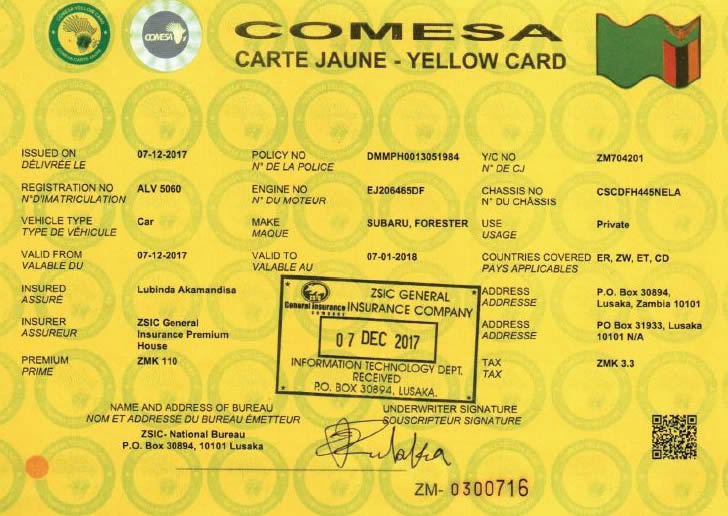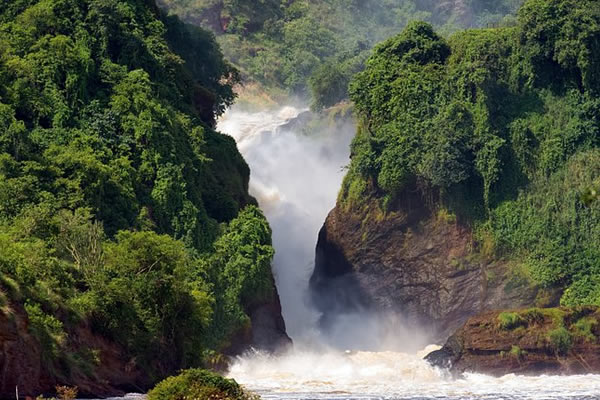Why Choose a Self-Drive Overland Safari?
- Total Freedom to Explore: When you choose a self-drive overland safari, you have complete control over where you go. You can decide your route, your stops, and your schedule. You don’t have to follow a fixed plan set by a tour group. This freedom lets you explore places you are curious about and skip those you are not interested in. You decide your own adventure.
- Travel at Your Own Pace: A self-drive safari lets you move at the speed that suits you. You can spend hours watching wildlife in one park or move quickly to another if you want to. You don’t need to worry about sticking to a group’s timetable. This means you can fully enjoy every moment without feeling rushed.
- Cost-Effective Travel: Self-drive safaris can often be more affordable than guided tours. You save on the cost of a driver and guide and have the freedom to choose where to spend your money. You can pick budget-friendly campsites or lodges, and you control how much you spend on food, fuel, and park fees. This makes it easier to plan your trip according to your budget.
- Privacy and Comfort: Traveling by self-drive means you travel with your own group family or friends without strangers. This makes your safari more private and comfortable. You can enjoy conversations, rest stops, and wildlife viewing without distractions. It’s a personal journey you share with the people you care about most.
- Learn New Skills: Driving yourself on a safari teaches new skills such as navigation, map reading, and basic vehicle maintenance. These skills make your trip more rewarding because you are more involved in the journey. You gain a sense of accomplishment by not just seeing wildlife, but by driving through and managing your own safari adventure.
- Flexibility with Accommodation: Self-drive gives you the freedom to choose where to sleep. You can mix camping under the stars with staying in comfortable lodges. You can adapt your accommodation choices to your budget and mood. This flexibility allows you to create a unique safari experience that suits you perfectly.
- Discover Off-the-Beaten-Path Locations: When driving yourself, you can visit remote areas that guided tours often miss. You can explore smaller parks, hidden viewpoints, or less crowded roads. This makes your safari feel more adventurous and special, as you discover places few others have seen.
- Close Connection with Nature: Driving yourself means you are fully part of the journey. You can stop anywhere to enjoy the view, take pictures, or watch wildlife. There is no waiting for the group to move on. This creates a closer and more personal connection with nature and the environment around you.
- Control Over Wildlife Viewing: On a self-drive safari, you decide how long to spend at a sighting. If you find a pride of lions or a herd of elephants, you can stay as long as you want without being pressured to move on. This gives you more time to enjoy and photograph wildlife naturally.
- A Unique Sense of Adventure: Self-drive overland safaris are more than just travel they are adventures. You are in charge, making decisions and exploring freely. This independence turns a safari into a personal journey and leaves you with lasting memories of not just the places you visited, but the experience of getting there.
The Route: From East Africa to Southern Africa
 Starting in East Africa: Most journeys begin in East Africa, in countries such as Kenya, Tanzania, or Uganda. This region is famous for its rich wildlife, dramatic landscapes, and cultural diversity. You can start your trip by visiting world-famous parks such as the Maasai Mara in Kenya or the Serengeti and Ngorongoro Crater in Tanzania. Uganda offers unique experiences like gorilla trekking in Bwindi Impenetrable Forest or wildlife viewing in Queen Elizabeth National Park. East Africa is where you experience your first taste of Africa’s nature and adventure, making it the perfect start to your overland journey.
Starting in East Africa: Most journeys begin in East Africa, in countries such as Kenya, Tanzania, or Uganda. This region is famous for its rich wildlife, dramatic landscapes, and cultural diversity. You can start your trip by visiting world-famous parks such as the Maasai Mara in Kenya or the Serengeti and Ngorongoro Crater in Tanzania. Uganda offers unique experiences like gorilla trekking in Bwindi Impenetrable Forest or wildlife viewing in Queen Elizabeth National Park. East Africa is where you experience your first taste of Africa’s nature and adventure, making it the perfect start to your overland journey.
Moving South Through Zambia and Malawi: From East Africa, travellers move south into Zambia and Malawi. Zambia is famous for its incredible wildlife parks, especially South Luangwa, known for walking safaris, and the breathtaking Victoria Falls, one of the Seven Natural Wonders of the World. Malawi, known as the “Warm Heart of Africa,” offers calm beauty with Lake Malawi’s crystal-clear waters and peaceful villages. This part of the journey is quieter and less crowded, giving travelers time to slow down, enjoy nature, and connect with local cultures before moving further south.
Entering Southern Africa: As you enter Southern Africa, you discover new landscapes and cultures in countries such as Zimbabwe, Botswana, Namibia, and South Africa. Zimbabwe offers the mighty Victoria Falls, while Botswana provides unique safari experiences in the Okavango Delta and Chobe National Park. Namibia offers otherworldly beauty with its vast deserts, towering dunes, and dramatic landscapes. South Africa combines wildlife, history, and modern cities, with attractions like Cape Town, the Garden Route, and Kruger National Park.
The Final Destination: Most journeys end in South Africa, a country with a mix of adventure, culture, and relaxation. Here you can reflect on your trip while enjoying beautiful beaches, mountain scenery, wildlife safaris, and vibrant cities. This final destination brings your epic overland journey to a memorable close.



 Starting in
Starting in  Understanding Border Crossings: When traveling between countries in
Understanding Border Crossings: When traveling between countries in Southern Africa: Southern Africa offers a safari experience that is diverse and different from East Africa. Botswana’s Okavango Delta is a major highlight, offering water safaris where you glide through channels surrounded by wildlife. Chobe National Park in Botswana is famous for huge herds of elephants. Namibia is unique for its dramatic desert landscapes, towering dunes, and wildlife adapted to arid environments. Zimbabwe gives you the awe-inspiring Victoria Falls a natural wonder and an unforgettable sight. South Africa offers world-class safaris in Kruger National Park, where you can see a variety of animals easily. Southern Africa’s safaris also include cultural experiences, such as visiting local communities or learning about conservation projects. The combination of breathtaking scenery, wildlife diversity, and rich culture makes Southern Africa a safari destination full of variety and memories.
Southern Africa: Southern Africa offers a safari experience that is diverse and different from East Africa. Botswana’s Okavango Delta is a major highlight, offering water safaris where you glide through channels surrounded by wildlife. Chobe National Park in Botswana is famous for huge herds of elephants. Namibia is unique for its dramatic desert landscapes, towering dunes, and wildlife adapted to arid environments. Zimbabwe gives you the awe-inspiring Victoria Falls a natural wonder and an unforgettable sight. South Africa offers world-class safaris in Kruger National Park, where you can see a variety of animals easily. Southern Africa’s safaris also include cultural experiences, such as visiting local communities or learning about conservation projects. The combination of breathtaking scenery, wildlife diversity, and rich culture makes Southern Africa a safari destination full of variety and memories. wet season. The dry season, from June to October, is the most popular because animals gather near waterholes, making wildlife easier to see. It is also perfect for photography with clear skies. This is the
wet season. The dry season, from June to October, is the most popular because animals gather near waterholes, making wildlife easier to see. It is also perfect for photography with clear skies. This is the In Southern Africa, campsites often have excellent facilities with stunning views. Booking in advance is important, especially during the dry season when tourism is at its peak. Choosing the right accommodation will make your safari more enjoyable.
In Southern Africa, campsites often have excellent facilities with stunning views. Booking in advance is important, especially during the dry season when tourism is at its peak. Choosing the right accommodation will make your safari more enjoyable.
